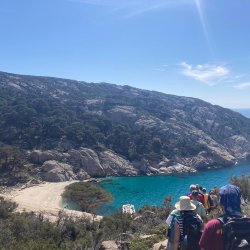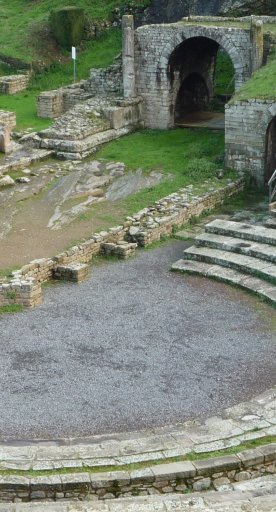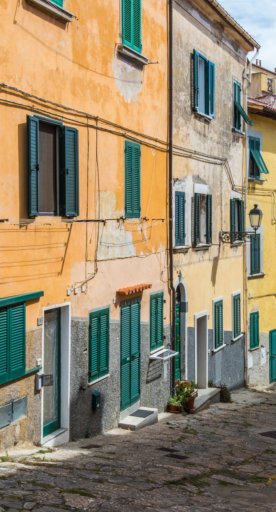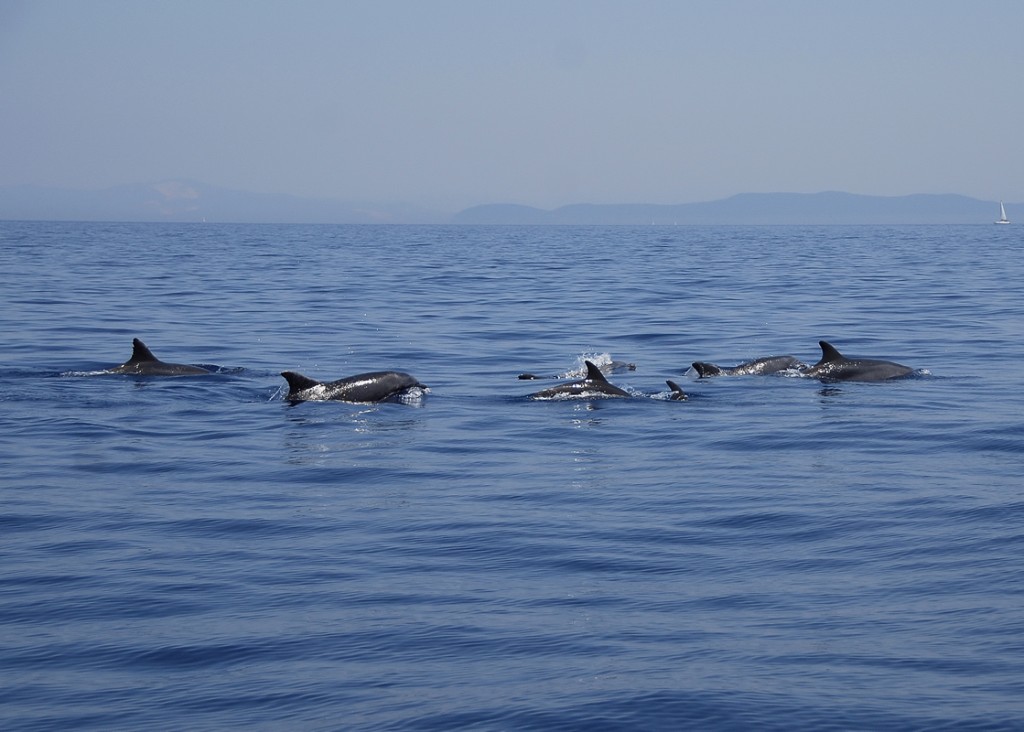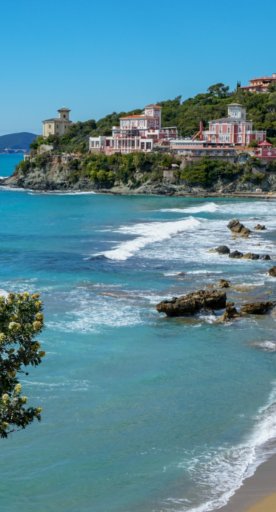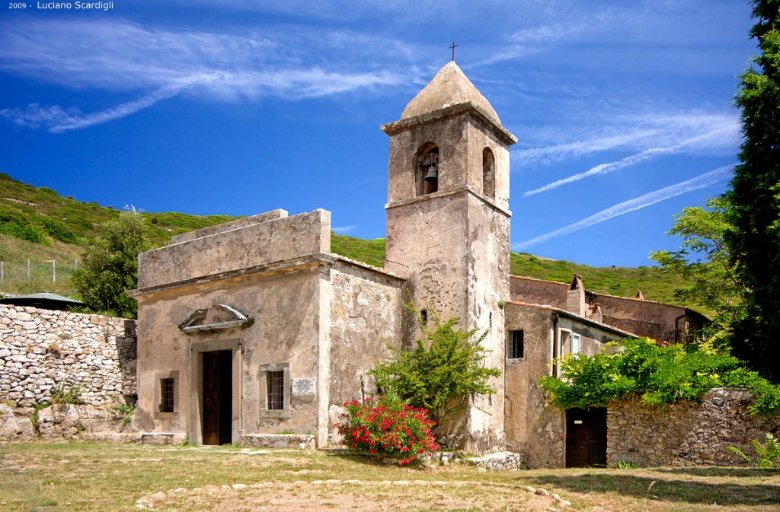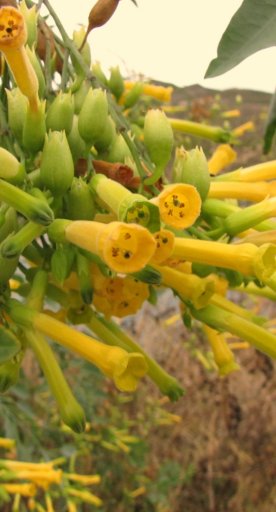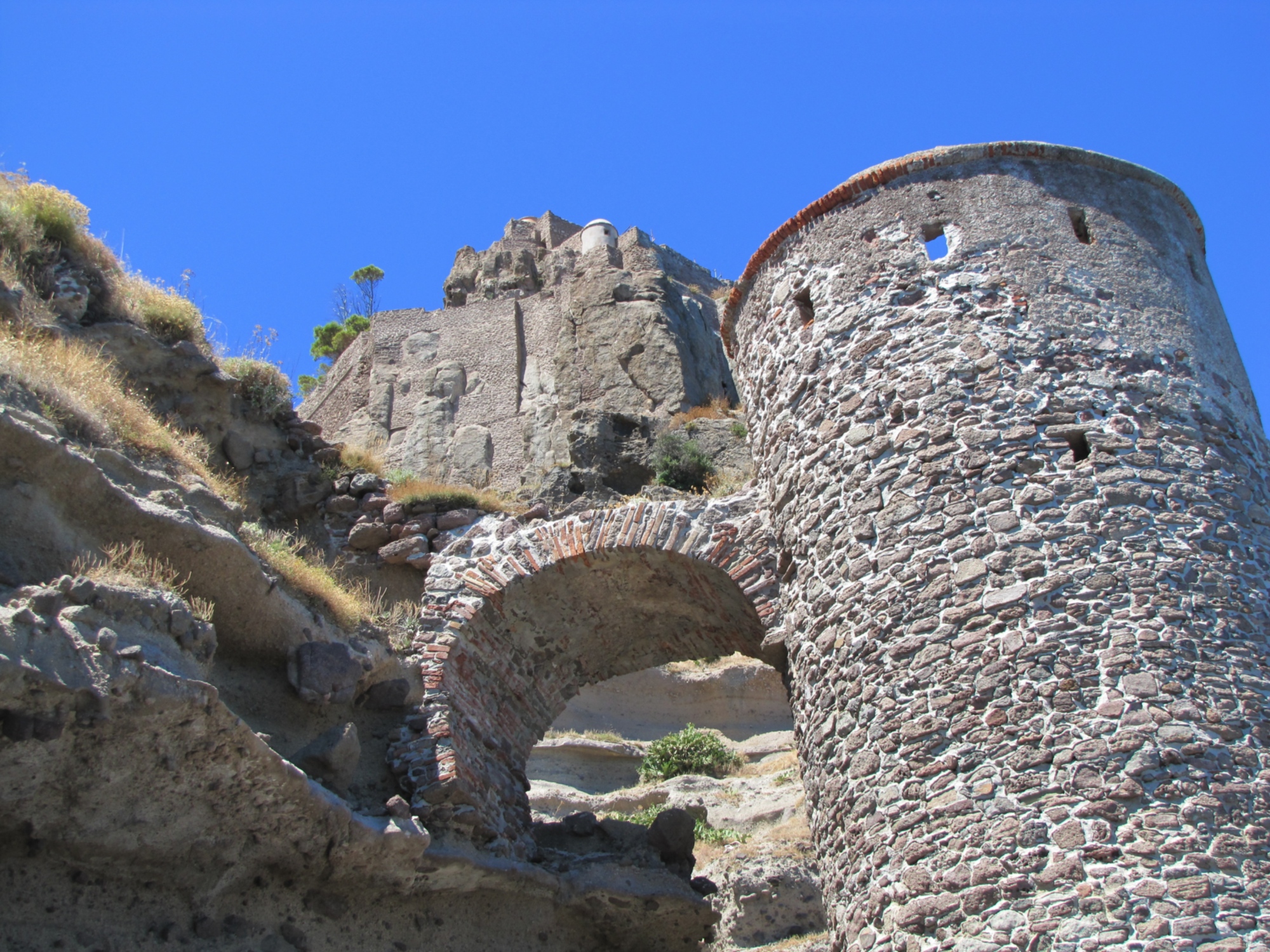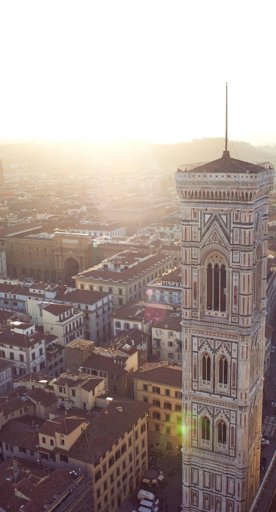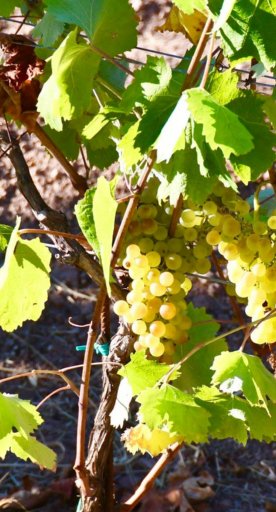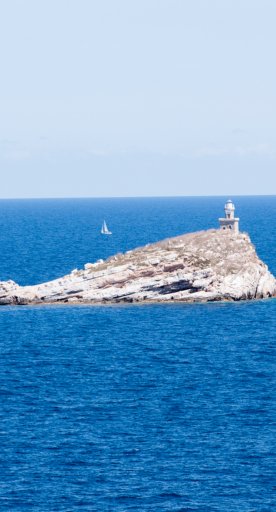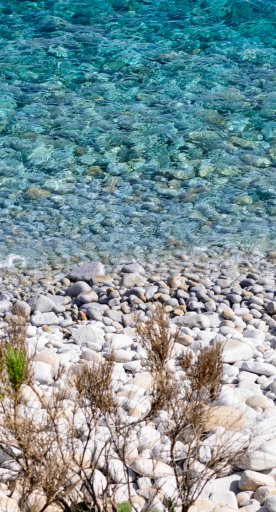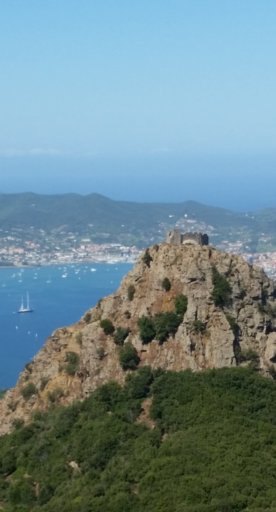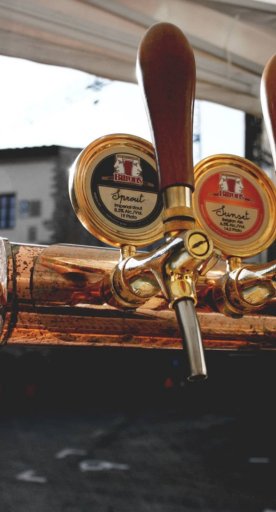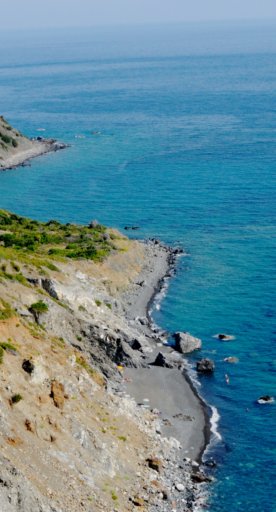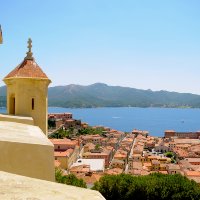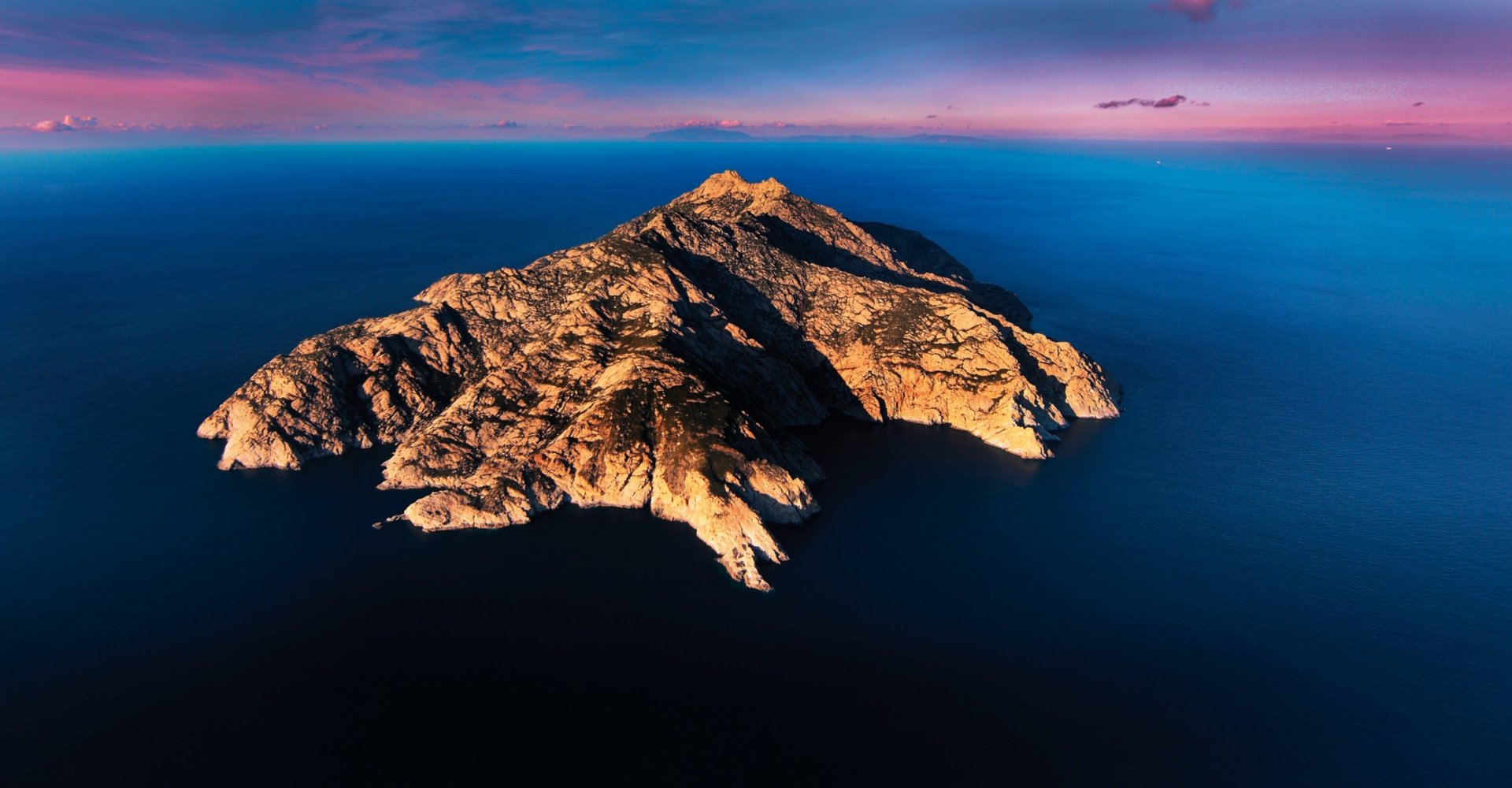
Montecristo, the wildest and most solitary island
A journey through this mysterious haunt on the Tuscan Archipelago
Once it was the hunting lodge of the Savoy family, then it became a natural reserve in 1971 and has since then been nominated a biogenetic reserve by the Council of Europe. In Montecristo fishing is forbidden and there are no hotels. Only visitors who require a permission to the National Forestry Service can enter it. Only a thousand permissions a year can be made. When you have it you can land to the bay of Cala Maestra and you are free to visit Villa Reale, the botanical garden and the museum.
Montecristo is pretty small: it has a surface area of 10.4 kmq and a costal perimeter of 16 km. It would be deserted if it wasn't inhabited by the island guard and his family.
For further information: islepark.it
-
1.History and legend
-
2.The cave of Saint Mamilian
-
3.Lo Scoglio d’Africa
History and legend
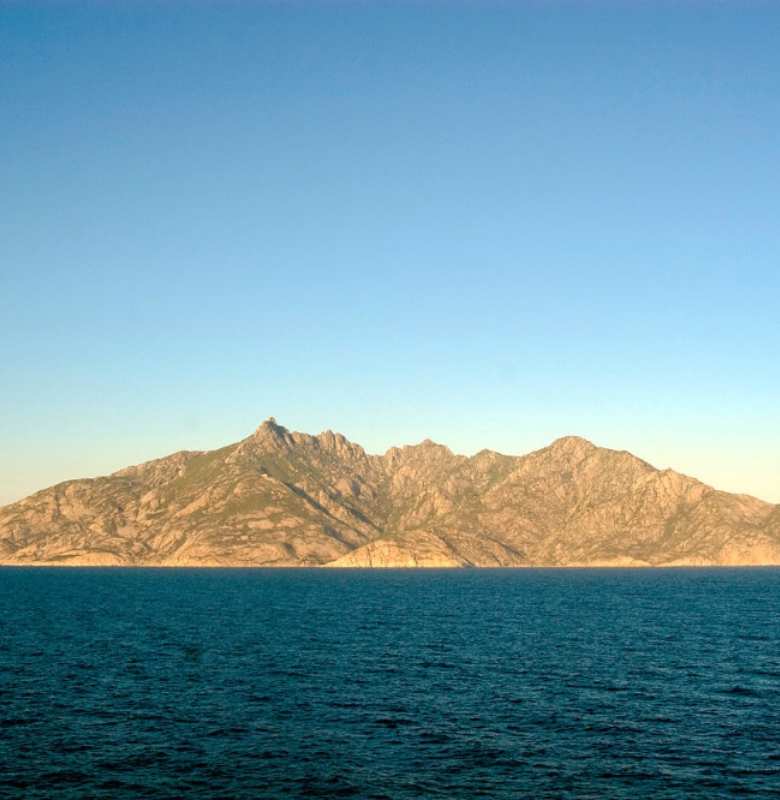
So, you'll see that Montecristo is the wildest and most solitary island in Tuscany, although even the Etruscans wanted to live there. Its history begins when Saint Mamilian founded of an important abbey there and sojourned in the island as a hermit in the fifth century.
By the mid 1500s, the Saracens attacked the Monastery which brought about its decline. After various attempts to colonize Montecristo in 1878, after the Unification of Italy, a penal prison was established there. In 1899, the island became the exclusive hunting lodge of Vittorio Emanuelle III, a role it retained until 1971 when it was declared a Nature Reserve.
The island was the setting of some key scenes from the celebrated novel "The count of Montecristo" by French author Alexandre Dumas. The story’s protagonist finds a legendary treasure that he uses to plot his own formidable revenge.
The cave of Saint Mamilian
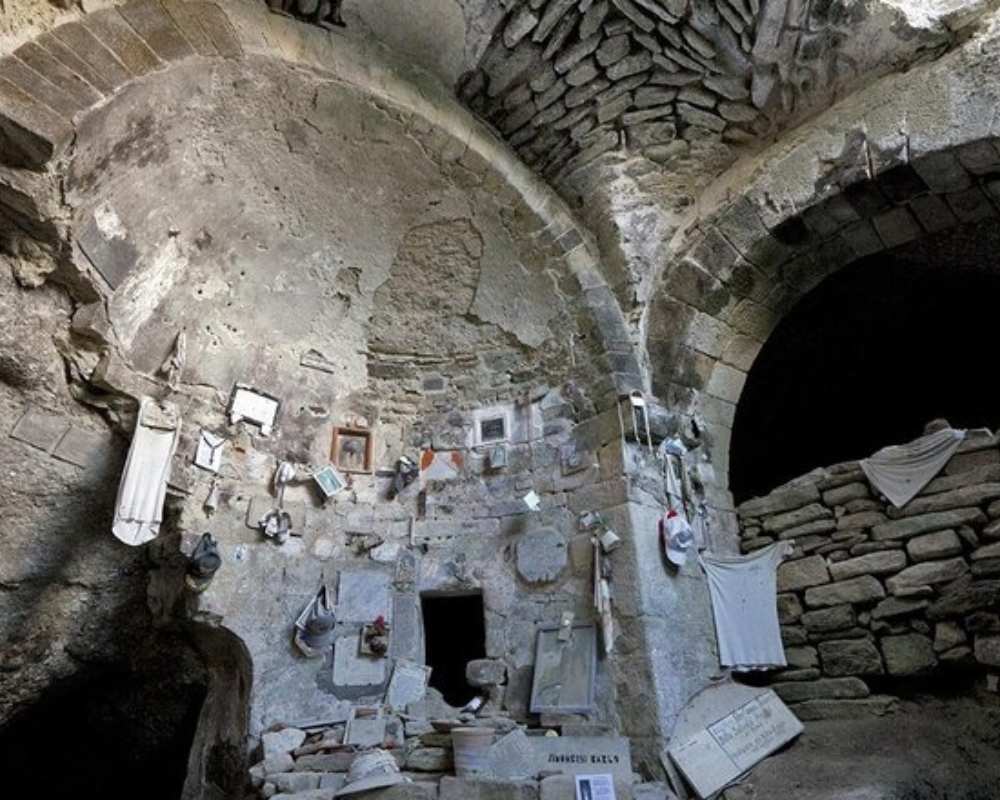
In the island, the cave of Saint Mamilian is a sacred place. As said before, the island’s monastic vocation has its roots in the fifth century and it is linked to the figure of Saint Mamiliano, the bishop of Palermo. According to tradition, the saint came to the island with other monks in efforts to escape an attack by the Vandals.
Along the slopes of Monte della Fortezza (where you can find the remains of a fort built by the Appiani population in the late fourteenth century), you’ll find the cave which is said to have been the abode of the holy hermit. According to devout legend, the saint killed a dragon there, using a cross as his shield. Inside, there are numerous votive offerings that bear witness to the pilgrimages of sailors and pilgrims throughout the centuries.
Lo Scoglio d’Africa
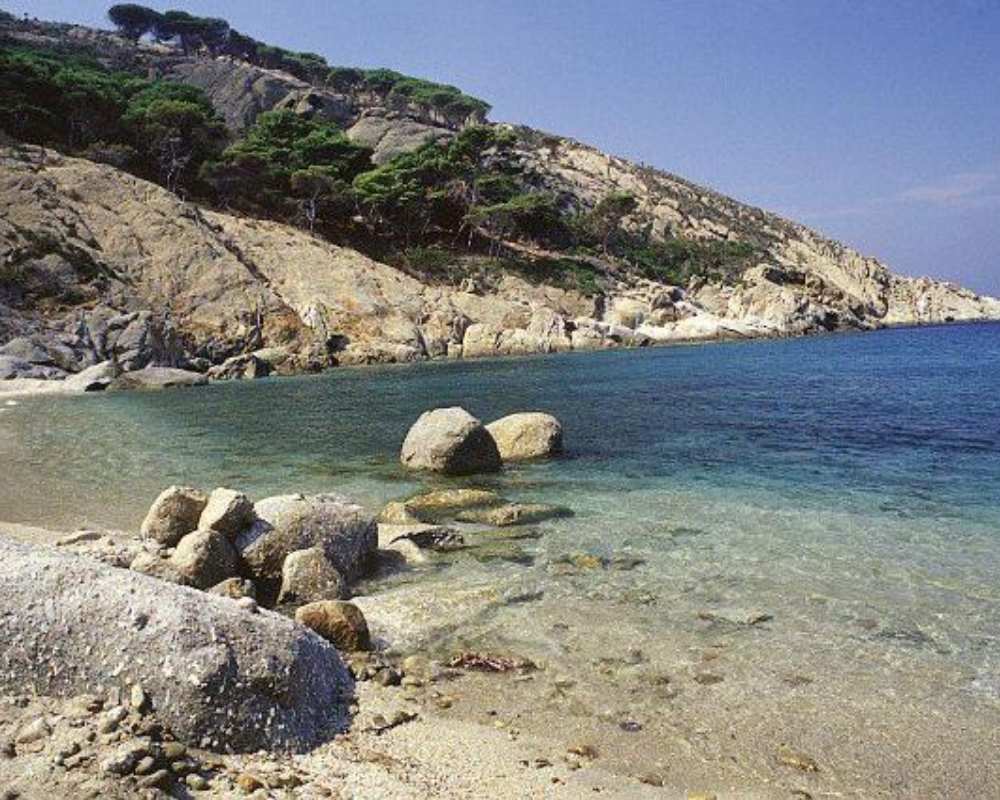
‘Lo Scoglio d’Africa’ or ‘Formica di Montecristo’ is a small island in the Tuscan Archipelago, which is situated in open waters between the Tyrrhenian Sea and the Channel of Corsica. It is to the west of the Island of Montecristo, south of Pianosa and east of Corsica. Administratively speaking, it belongs to the Municipality of Campo in Elba. Due to its size and geographical configuration, it can be considered an outcropping located in a shallow part of the sea. Geologically it belongs to a marine ridge linked to Pianosa Island and Capraia.
